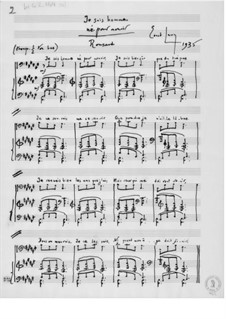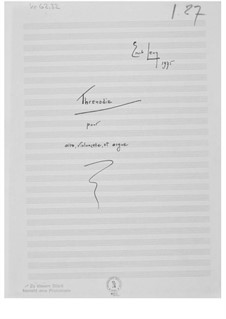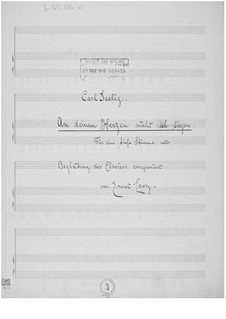

(Have also a look into Steve Coleman's Essay about 'symmetrical movement concept'. This is the axis he talks about as 'converting perfect to plagal' and maintaining equivalent 'tonal gravity' between the original and mirror chords. In his viral Youtube Video, Jacob Collier is using an axis between Ь3 and 3 to mirror melodies and harmonies. This leads to the increased use of plagal chord connections and sounds. Note: Working with negative harmonies leads us to use IVm6 chords instead of the classical dominants. The resulting sounds are: Bb6 Fm6 Cm(b6). The cadence Dm7 G7 Cmaj7 will become a negative II V I. You will hear it as F-minor.įor complex chords the extra notes are added to the basic triad:Ĭmaj7 becomes g eь c aь. Adapted to the positive world (that's what you will hear:) a C-minor chord. But we can think in this way]Ĭ-major becomes g eь c. [Our ear can't be trained to hear this chordĪs a major triad inverted. So the new chord has the same intervallic structure as its original chord, but in inverted direction. G is the "generator", a major third down is EЬ and a minor third down is C. It is a major triad generated from top to bottom. Put this intervallic structure down the negative G-Major Scale and you get g eь c. The same procedure you can do with chords. To get its negative counterpart, go down the negative G-Major Scale with the same intervallic structure: -1 -2 -4 -5 -3. the melody c d f g e is 1 2 4 5 3 in C-major.

To get negative melodies you only have to position the positive melody down the negative G-Major Scale. The G is called the 'generator' and C is also a perfect 5th below. This interval is also found in the negative G Major Scale. This perfect fifth is a very important interval for the C-tonality. The descending G-phrygian scale has the same intervallic structure and is therefore called negative G-Major Scale. The ascending C-Major scale is wholetone, wholetone, semitone, wholetone, wholetone, wholetone, semitone. The negative counterpart of the ascending C major scale is a descending G Phrygian Scale: What is negative harmony? How does it work? Steve Coleman has made a great and valuable contribution to the use of this concept in jazz since the 1980s.Ī YouTube interview with Jacob Collier gave the concept a new input and generated great enthusiasm for this idea.įor improvising this tool is interesting, because it helps creating new sounds. Even though he did not use the term 'negative harmony', nor did he write his concept as a basis for improvising.

The harmonic considerations he made (in his book 'A Theory in Harmony') are a part of the theoretical basis for this improvisational concept. Negative Harmony is a harmonic tool which can be used for improvisation.Įrnst Levy was a Swiss musicologist, composer, pianistĪnd conductor (1895-1981).


 0 kommentar(er)
0 kommentar(er)
